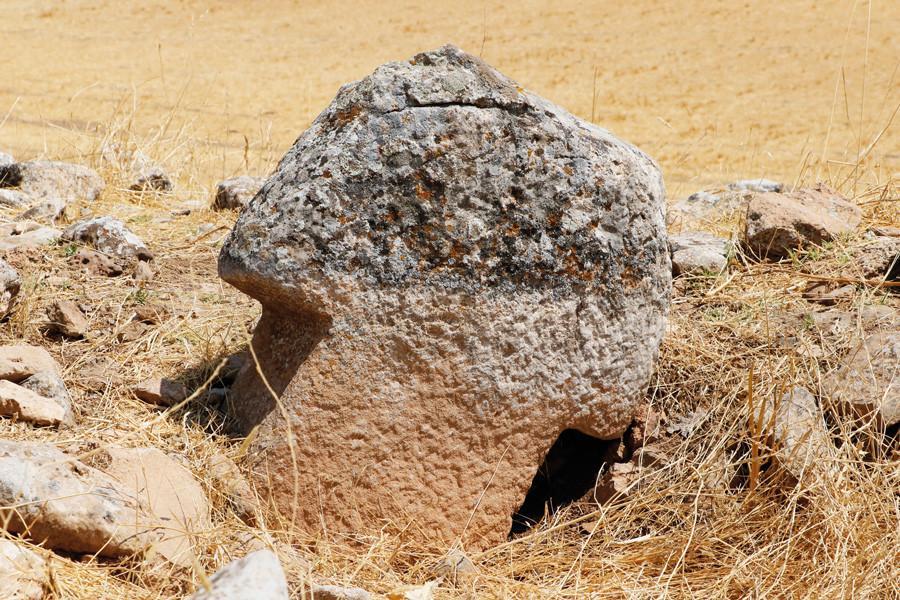
Archaeological excavations have begun in the southeastern province of Şanlıurfa’s Karahantepe ancient site, which is home to more than 250 Neolithic-era T-shaped obelisks similar to the ones in the world-famous Göbeklitepe.
As part of studies initiated for the determination of the culture inventory of Şanlıurfa, the structures in Karahantepe were discovered during a survey conducted in 1997 by researchers near the Kargalı neighborhood in the Tek Tek Mountains National Park, which is 46 kilometers from the city center.
As part of the “Göbeklitepe Culture and Karahantepe Excavations” project, surface surveys were initiated two years ago by Istanbul University in the area, known as “Keçilitepe” by the people of the region. The works are headed by Professor Necmi Karul.
In these surveys, more than 250 T-shaped Neolithic-era obelisks were found. The obelisks similar to the structures in Göbeklitepe, a UNESCO World Heritage Site.
Speaking to the state-run Anadolu Agency, Karul said that 12 spots, believed to be during the same period as Göbeklitepe, were already identified in the region, and one of them was of Karahantepe.
He said that the obelisks there were from the same period with Göbeklitepe, adding that they made geomagnetic measurements and the topographic map of the region.
Karul said that they started excavations with a team of 35 people.
“Even from the aerial photographs, over 250 obelisks on the surface are seen. We think that there are more structures with obelisks underground,” he said.
The professor said that Göbeklitepe is one of the places distinguished by T-shaped obelisks and does not express a single period.
“Life in Göbeklitepe is not only limited to a period of ‘T’-shaped stones. It reflects a much longer process, there is a settlement of 700 to 800 years. It is certain that Karahantepe is somewhere in this period. It may cover a longer period of time or it may begin before. The excavations here will reveal all these, but at least we can say that this process coincides with a significant time period, a contemporary period. This means 11,500 years before today. We believe that the fact that Karahantepe is within the Tek Tek Mountains National Park will provide an opportunity for different projects integrated with archeology,” Karul said.
The professor said that the tools used in this region showed that a hunter and gatherer community lived there. Excavations in Karahantepe will find the answer to many questions in mind, said Karul, adding that excavations will continue until the end of September this year.